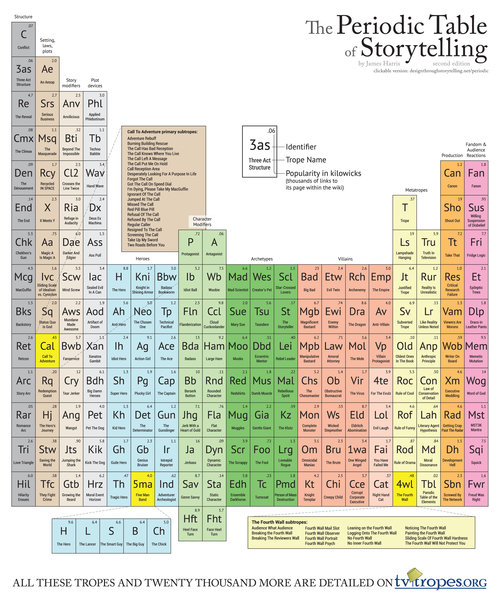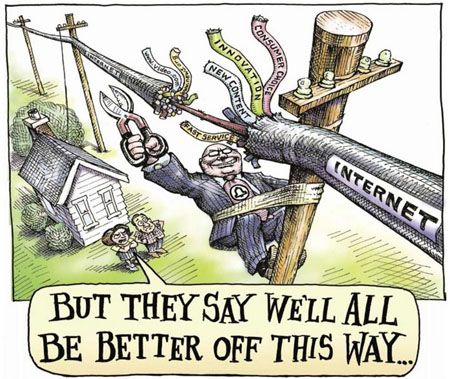At this year’s Consumer Electronics Show in Las Vegas, a common theme emerged from all the keynotes, exhibitions, and entertainment: data. Throughout five days of walking miles through a labyrinth of exhibit halls, I observed hundreds of vendors from all over the world trying to communicate how their product gathers, processes and manipulates data.
Everything we do generates data that can be collected, analyzed and manipulated. Working out generates data. While some of the personal fitness items I observed simply gather and display data like heart rate, calories burned and blood pressure, more complex products process the data and make recommendations to the user. Mundane tasks, like driving, provided enough data for engineers to create a driverless car. Using a football-sized outdoor display, participants at CES were given the opportunity to strap themselves into a driverless car, take a ride through an obstacle course and finally park, all without the need of human assistance. While it is scary to think about thousands of driverless cars going down the road, it is a fabulous display of how the car’s computer gathers, processes, and manipulates data in real time.

Now, even playing basketball creates data. One of the most innovative products at CES is a regulation-size basketball with a built-in processing unit that will analyze thousands of data points to help the basketball player perfect their shooting skills. Coaches and players can review the data and make corrections to improve performance through individualized training. Coaches no longer need to sit through hours of bad game tapes.
So why are we afraid of data in higher education? We are good at gathering the data. Student information systems collect and house a plethora of data. Oh, we have data. What we don’t have, however, is access to that data. Far too often, the data is difficult to extract from the database, or the data is presented in a format that is unintelligible to the average user. Worse yet, some IT departments restrict access the data, making it off limits to many of the departments that could benefit from it most. And while those are real concerns, they can be resolved. The biggest challenge, once the data is in the hands administrators and faculty, is to use that data to drive change – the kind of change that impacts teaching and learning.
Data is everywhere. CES showed me how easy it is to get and some really cool things people can do with it. If we can get it in the hands of our administrators, faculty and staff, and challenge them to use it in new and innovative ways, I think we will see some amazing results.
 For those of us that have or have had a teenager in the home, we realize mornings are often like dealing with cold war era Russia. Most of the time there are no words exchanged and that is usually better because when words come out, they are not often productive or positive.
For those of us that have or have had a teenager in the home, we realize mornings are often like dealing with cold war era Russia. Most of the time there are no words exchanged and that is usually better because when words come out, they are not often productive or positive.
 In the late 60’s, Phil Knight was teaching accounting at Portland State and he approached a college student named Carolyn Davidson to do some graphic design work for him because he heard she needed money to take an oil painting class. They agreed on $2 per hour and their relationship began. After working for several years as a freelance graphics designer for Phil, he asked her in early 1971 to create a new logo for a shoe company he was starting.
In the late 60’s, Phil Knight was teaching accounting at Portland State and he approached a college student named Carolyn Davidson to do some graphic design work for him because he heard she needed money to take an oil painting class. They agreed on $2 per hour and their relationship began. After working for several years as a freelance graphics designer for Phil, he asked her in early 1971 to create a new logo for a shoe company he was starting.



 More to come on this topic but please, White House, consider hosting a summit for community college presidents, faculty and students if you really want help with reaching more low-income students. Maybe the biggest laugh yet. I kill me.
More to come on this topic but please, White House, consider hosting a summit for community college presidents, faculty and students if you really want help with reaching more low-income students. Maybe the biggest laugh yet. I kill me..jpg) I read today Tony Bates’ article entitled, 2020 Vision: Outlook for Online Learning in 2014 and Way Beyond. Tony paints a picture for learning in 2020 that many of us wish would happen tomorrow. It is where education needs to go. Below are the questions he asks administrators to consider when planning for their institutions’ future:
I read today Tony Bates’ article entitled, 2020 Vision: Outlook for Online Learning in 2014 and Way Beyond. Tony paints a picture for learning in 2020 that many of us wish would happen tomorrow. It is where education needs to go. Below are the questions he asks administrators to consider when planning for their institutions’ future: Yesterday, the Supreme Court struck down key components of the FCC’s Open Internet Rules, effectively ending
Yesterday, the Supreme Court struck down key components of the FCC’s Open Internet Rules, effectively ending  While Netflix can afford to pay a higher premium to be able to stream endless hours of content at the highest speeds to their subscribers, how can a consortium of community colleges in Kansas afford to deliver hours of online education to thousands of students via the Internet? They simply cannot afford to pay the same rates as the media monoliths, rendering students helpless and frustrated as they move through their online coursework at the speed of Methuselah, relegated to the bottom of the bandwidth.
While Netflix can afford to pay a higher premium to be able to stream endless hours of content at the highest speeds to their subscribers, how can a consortium of community colleges in Kansas afford to deliver hours of online education to thousands of students via the Internet? They simply cannot afford to pay the same rates as the media monoliths, rendering students helpless and frustrated as they move through their online coursework at the speed of Methuselah, relegated to the bottom of the bandwidth.
